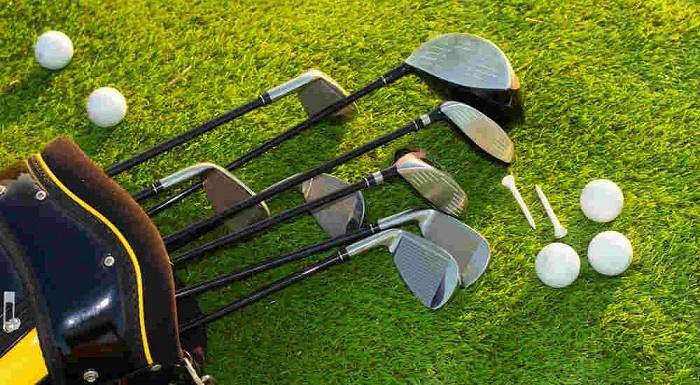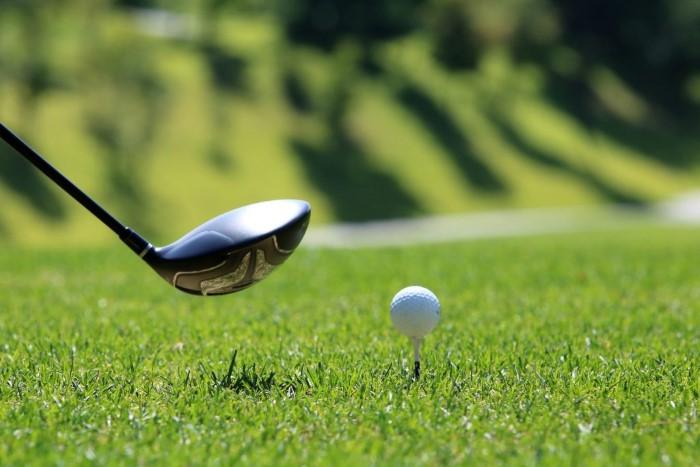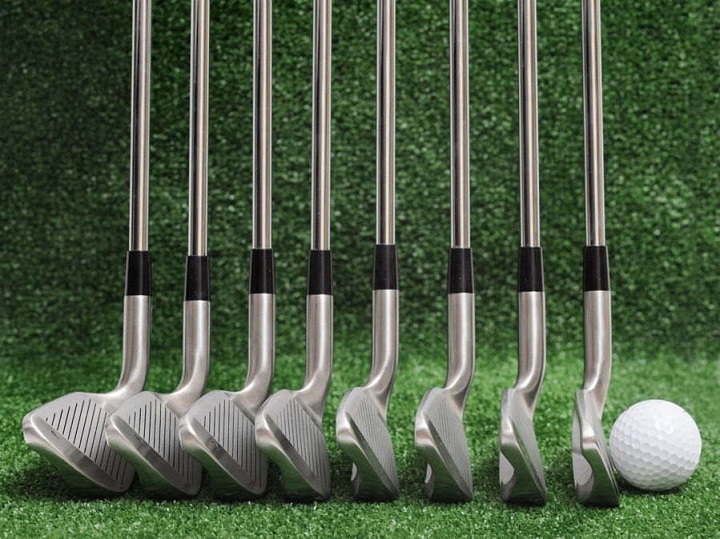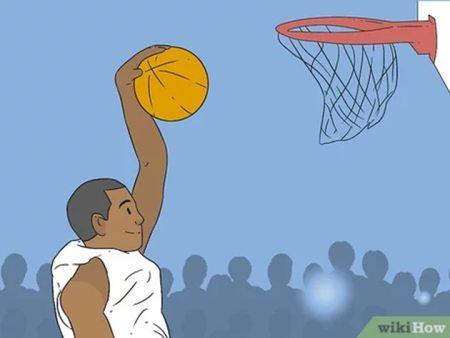The Importance of Choosing the Right Golf Club

Before we dive into the different types of golf clubs, it’s crucial to understand why selecting the right club is essential for every golfer, whether you’re a beginner or a seasoned player.
Enhancing Performance
Using the appropriate golf club can significantly impact your performance. Each type of club is engineered for specific situations, whether you’re driving off the tee, approaching the green, or putting. By understanding the distinct characteristics of each club, you can make more informed decisions on the course, ultimately lowering your score and improving your overall game.
Confidence on the Course
Knowing you have the right club in your hand can boost your confidence. When you trust your equipment, you’re more likely to focus on your technique rather than worrying about whether you’re using the right tool for the job.
Course Management
Effective course management involves knowing which club to use at any given time. Understanding the types of golf clubs allows you to strategize your play and adapt to different course conditions, leading to better shot selection.
The Four Main Types of Golf Clubs
Golf clubs are typically categorized into four main types: woods, irons, wedges, and putters. Each type serves a distinct purpose and is designed for various shots throughout the game.
Woods
Woods are primarily used for long-distance shots, particularly off the tee. They have a larger head and a longer shaft, allowing for greater distance and speed.
Types of Woods
- Driver: The most recognized wood, the driver is used to hit the ball off the tee. It typically has a low loft (around 9 to 12 degrees) and is designed to achieve maximum distance.
- Fairway Woods: These clubs are versatile and can be used for long shots from the fairway. Fairway woods usually have a loft of 15 to 25 degrees and are easier to hit than a driver due to their design. Common fairway woods include the 3-wood and 5-wood.
- Hybrid Clubs: A blend of woods and irons, hybrids are designed for versatility and ease of use. They are particularly useful for players who struggle with long irons. Hybrids come in various lofts, typically ranging from 16 to 30 degrees.
When to Use Woods
Woods are ideal for tee shots on long par-4 and par-5 holes. They can also be used from the fairway, especially on longer approaches where distance is essential.
Irons
Irons are characterized by their shorter shafts and smaller heads compared to woods. They are typically used for a variety of shots, including approach shots to the green.
Types of Irons
- Short Irons: These include 8-iron, 9-iron, and pitching wedge. They have a higher loft (around 40 to 50 degrees) and are designed for accuracy rather than distance. Short irons are ideal for shots that require precision, such as approaching the green.
- Mid Irons: These include 5-iron, 6-iron, and 7-iron, with lofts ranging from 30 to 40 degrees. Mid irons are versatile and can be used for various shots, from the fairway to the rough.
- Long Irons: These include 2-iron, 3-iron, and 4-iron. Long irons have lower lofts (around 20 to 30 degrees) and are often challenging for beginners due to their difficulty in achieving consistent contact. Many players opt for hybrids instead of long irons.
When to Use Irons
Irons are primarily used for approach shots from the fairway or rough, especially when the green is in sight. The choice of iron depends on the distance to the hole and the player’s skill level.
Wedges
Wedges are a specialized subset of irons, designed for short, high-lofted shots around the green and for getting out of tricky situations like bunkers.
Types of Wedges
- Pitching Wedge (PW): Generally included in most iron sets, the pitching wedge has a loft of around 44 to 48 degrees and is used for short approach shots and chips.
- Gap Wedge (GW): As the name suggests, the gap wedge fills the gap between the pitching wedge and the sand wedge. Its loft typically ranges from 50 to 54 degrees and is ideal for controlled short shots.
- Sand Wedge (SW): With a loft of about 54 to 58 degrees, the sand wedge is designed specifically for bunker shots and getting out of tricky lies around the green.
- Lob Wedge (LW): The lob wedge has a higher loft (58 to 64 degrees) and is used for short, high shots that need to land softly on the green.
When to Use Wedges
Wedges are essential for short game shots, including chips, pitches, and bunker shots. They are also useful for delicate approaches to the green where precision is vital.
Putters
Putters are unique among golf clubs as they are specifically designed for use on the green. Their primary function is to roll the ball into the hole with precision.
Types of Putters
- Blade Putters: These have a simple, traditional design and are favored by players who prefer a classic feel. They provide a low center of gravity and good control.
- Mallet Putters: These have a larger head and are designed for stability and forgiveness. The added weight makes it easier to keep the putter face square at impact, helping to improve accuracy.
- Counterbalance Putters: Designed with added weight in the grip or head to reduce the effect of wrist movement during the stroke, counterbalance putters are ideal for players who struggle with their putting stroke.
When to Use Putters
Putters are exclusively used on the putting green for all shots leading to the hole. Choosing the right putter can greatly enhance your putting game, making it crucial for scoring.
How to Choose the Right Golf Club

Selecting the right golf club can be overwhelming, especially for beginners. Here are some key considerations to help you make the right choice.
Understanding Your Skill Level
Your skill level plays a significant role in determining the right club for you. Beginners may benefit from more forgiving clubs, such as hybrids and wide-soled wedges, while more experienced players may prefer traditional blades and long irons.
Assessing the Course Conditions
Different courses may require different clubs based on the terrain and conditions. For instance, if you’re playing on a windy day, you might need clubs with lower lofts to keep the ball from being blown off course. Understanding the layout of the course can help you choose your clubs accordingly.
Personal Preference and Comfort
Every golfer has unique preferences when it comes to equipment. Try out different clubs and pay attention to how they feel in your hands. Comfort and confidence in your club choice can significantly influence your performance.
Getting Fitted for Clubs
If you’re serious about improving your game, consider getting fitted for clubs. A professional fitting takes into account your swing speed, height, and other factors, ensuring you have the right clubs tailored to your needs.
The Future of Golf Clubs: Technology and Innovation
The world of golf equipment is continuously evolving. Manufacturers are constantly experimenting with new materials, designs, and technologies to enhance performance.
Advances in Materials
Modern golf clubs are made from advanced materials such as carbon fiber, titanium, and high-strength alloys. These materials provide better performance and durability, allowing for lighter, stronger clubs that can generate greater speed and distance.
Customization Options
Many brands now offer customization options for golfers, including adjustable club heads and shafts that can be tailored to individual preferences. This trend allows players to fine-tune their equipment for optimal performance.
The Rise of Smart Golf Clubs
With the advent of technology, smart golf clubs equipped with sensors are becoming more popular. These clubs can track swing data, providing valuable insights that can help players improve their game.
Understanding the different types of golf clubs is crucial for any golfer aiming to improve their game. From woods to irons, wedges, and putters, each club has its purpose and plays a vital role in your overall performance on the course. By knowing when and how to use each type of club, you can enhance your skills, build confidence, and enjoy the game of golf even more.
Whether you’re a seasoned pro or just starting out, investing time in understanding your equipment is as important as practicing your swing. So, the next time you step onto the course, you’ll be equipped with the knowledge to choose the right club for every shot, helping you navigate the fairways and greens with ease and precision. Happy golfing!







